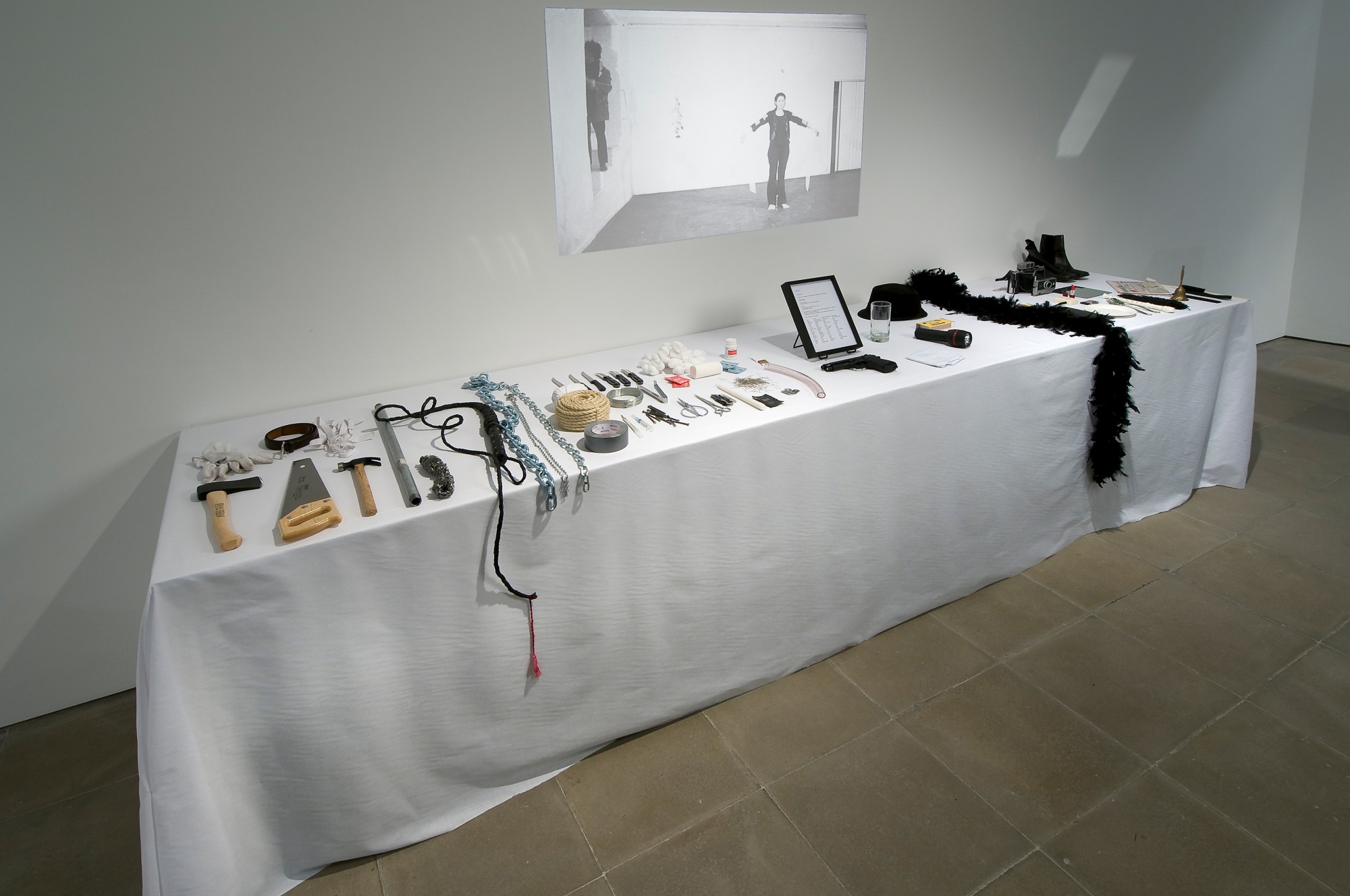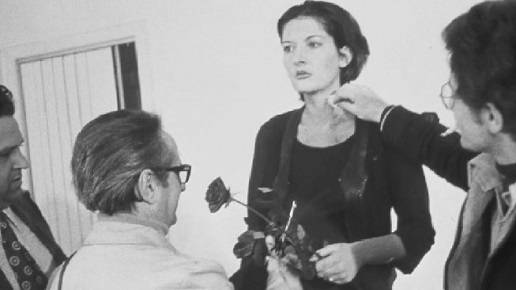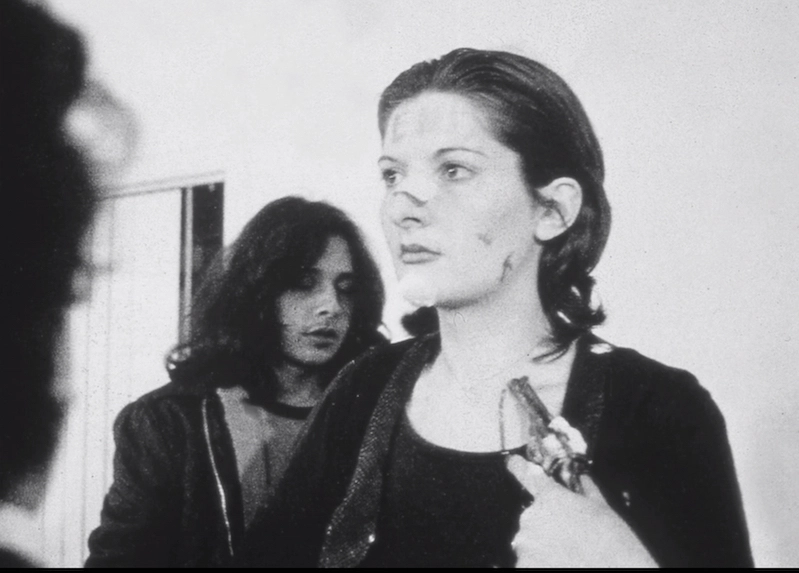By Maria Koulourioti,
“Art was life and death. There was nothing else.”
She stood there for 6 hours, a performance equivalent to a social experiment, unveiling the dark side of human psychology. “I was ready to die”, she revealed later, explaining the experience of that night.
When you hear about the artworks of conceptual performance artist Marina Abramović, you cannot help yourself but feel either mesmerized or terrified, mostly both simultaneously. Born in 1946, right after WW2 ended in Serbia, which was then still part of Yugoslavia. A breathtaking piece is undoubtedly Rhythm 0. One ofAbramović’s most important works, Marina staged one of her most severe performances, Rhythm 0, in 1974 at the Galleria Studio Morra in Naples. She accepted “complete responsibility” for the performance and invited the audience to utilize whatever materials on a table as they pleased. The six-hour performance rapidly devolved into an out-of-control and violent display that echoed the exploitation of women and the dynamics of power. With the 72 items of pleasure and pain available to them, some members of the public experimented with harming the artist’s body.
The artist decides to put her body at the disposition of the audience, as mentioned in the instructions: “There are 72 objects on the table that one can use on me as desired”, and describes the performance as “I am the object. During this period I take full responsibility”. By giving her deliberate consent, she operates a reappropriation of the forced vulnerable position of women and empowerment, being both objects of the audience’s wishes and subject. Particularly, 36 objects represented pleasure, such as grapes, honey, a rose, feathers, water, and lipstick, while the other 36 represented pain. Among the most dangerous tools for the audience to use, there were a pocket knife, chains, an ax, a scalpel, and a gun loaded with one bullet.

During the first three hours of the performance, things were going smoothly. “In the beginning, the public was very much playing with me”, she mentions. People were moving her arms, feeding her honey, kissing her on the cheek, looking at her, and giving her flowers. The most intense event was people touching her intimately. “Then it became wilder”, she added, as the audience became dull, the performance got darker. They cut her clothes with scissors and stuck rose thorns in her stomach, creating an aggressive atmosphere. One person aimed a gun at her head, placed and worked her finger around the trigger, while everyone was contemplating if she were to pull it in the middle of her piece.
Moreover, a man cut her neck and drank her blood and another tried to rape her. Marina was so committed to the piece that she would not have resisted rape or murder. Faced with her incredible abdication of will, with its implied collapse of the human spirit, a protective group began to define itself in the audience (that group was predominately women while the assault was caused exclusively by men). When the gallery announced the work was over, Abramović started moving again and walking towards the audience. Everyone ran away to escape an actual confrontation, unable to face her as a person after six hours of horror when she was a living object.

The most intense part of this performance is not the abuse itself but the meaning behind it. There is in fact, no coherent meaning. Marina did not instruct anyone to assault her, the audience was not actors but everyday people. They had no reason to hurt her but chose to do so. This social experiment proved that by living life pessimistically, people in their most favorable condition bring down and treat you as a mere object. In 1974, when sexual harassment was recognized by law in many sectors, the male audience in Abramović’s performance took the opportunity to transcend the limits. She named herself an object and being a woman, Marina acknowledged the risk but wanted to see how far they can go. “If you leave it up to the audience, they can kill you”, she mentions.
What is about this Serbian, extreme performance artist that makes her so captivating? The first thing to acknowledge is that Marina draws her physical stamina and strength mostly from the public according to art historian Chrissie Iles: she is “directly and boldly challenging the audience”. She uses her own body to test the audience’s morality, power, responsibility, and lack of control, not starving dogs like Vardas did on “Exposición N° 1”, or eating human flesh (Zhu yu, 2000). Marina Abramović’s performances are extreme, bold and unique, maybe not for everyone to watch, but for everybody to understand. The world doesn’t need another artist who shows reality as it is.




